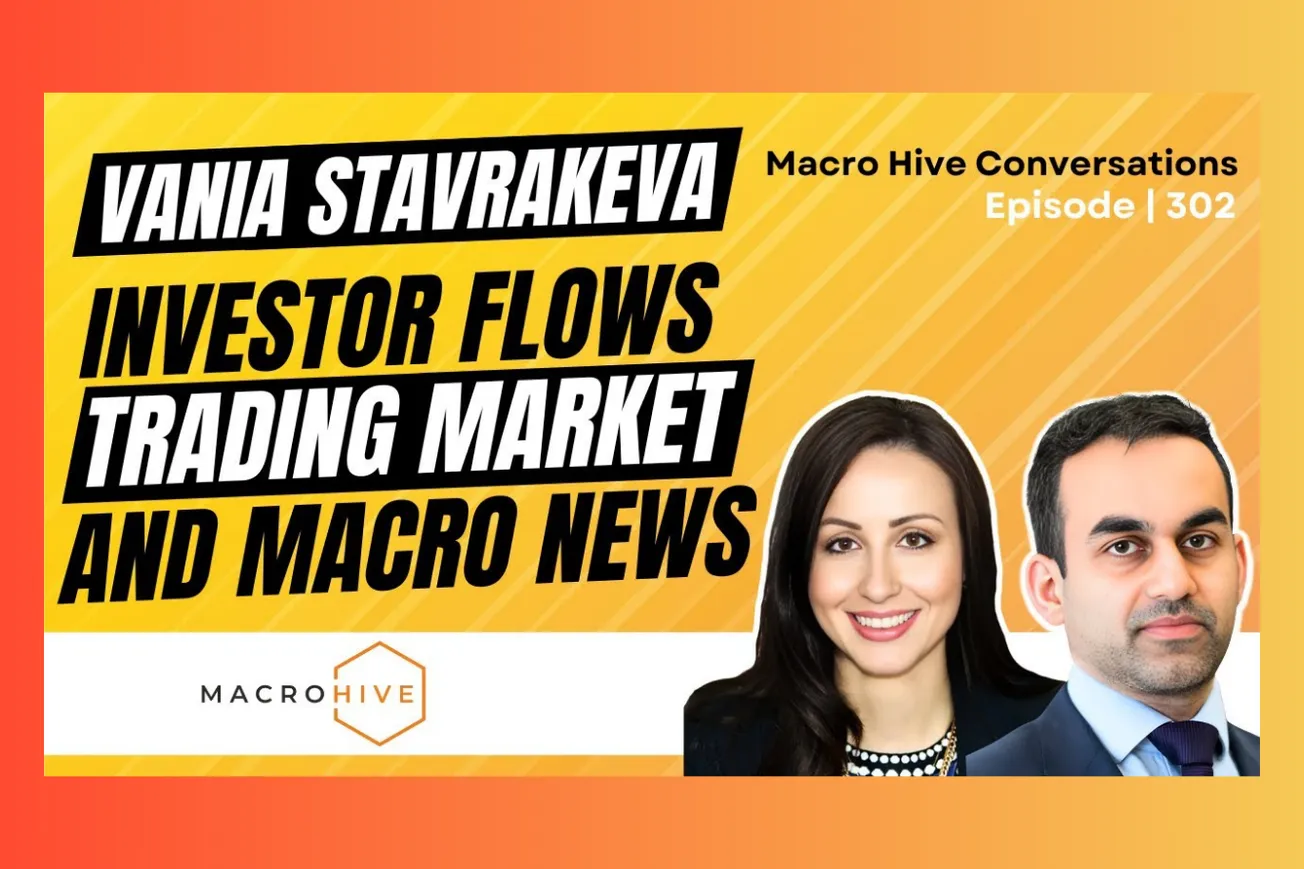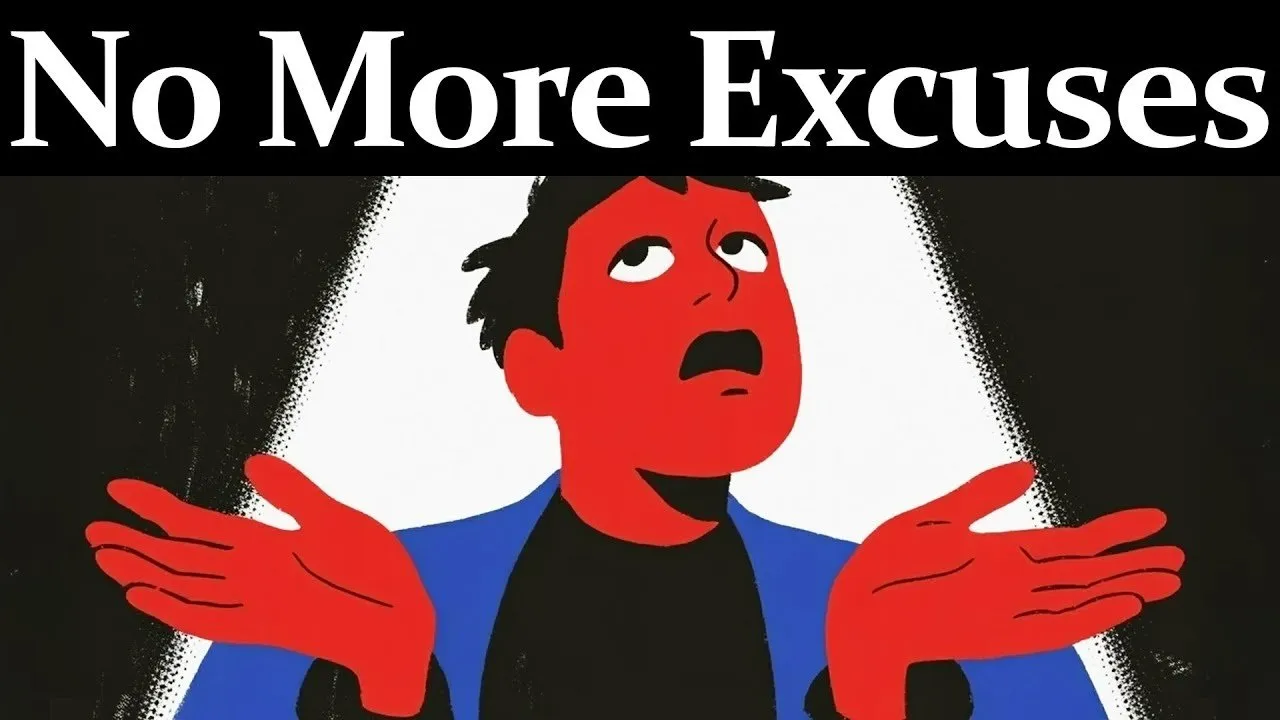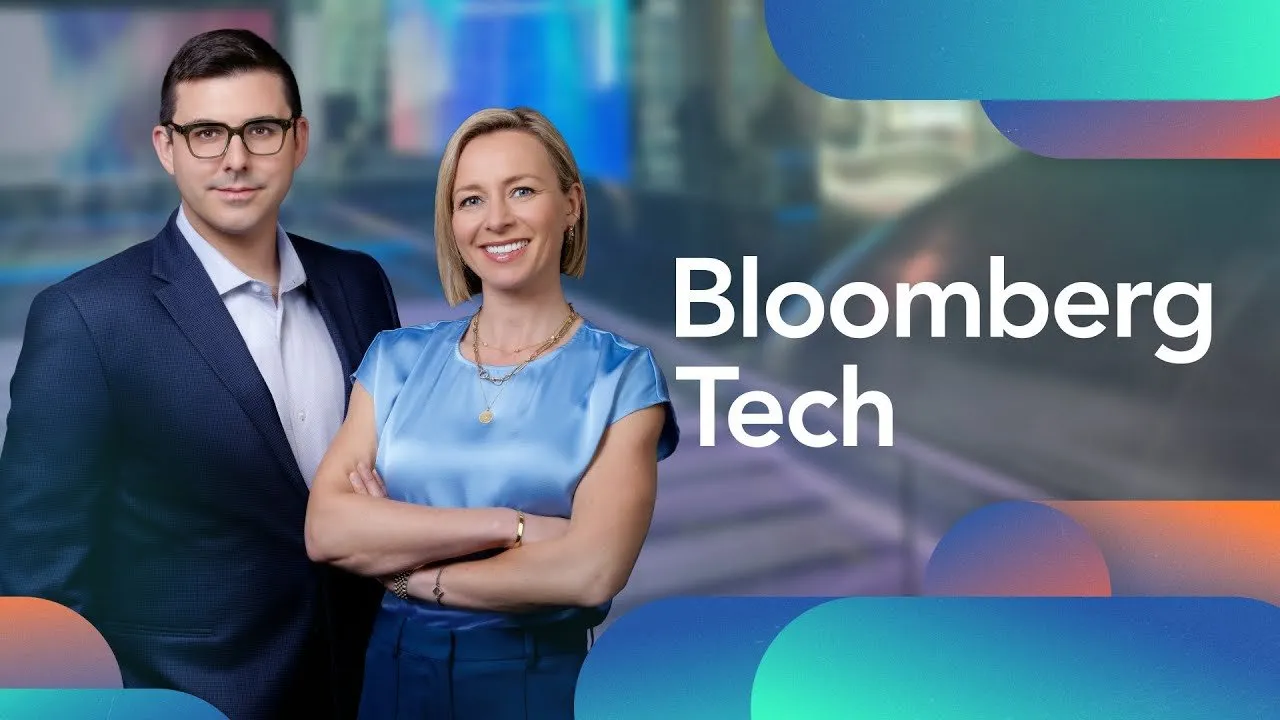Table of Contents
Revolutionary research reveals that lagged macro news and fund positioning patterns explain up to 90% of currency and equity market movements, challenging traditional forecasting models.
Key Takeaways
- Lagged macro news matters more than contemporaneous data for predicting currency movements because markets are constantly learning about economic regimes
- A novel fund flow decomposition can explain 90% of individual stock price movements and 60-80% of entire stock market variations across 33 countries
- US dollar centrality stems from American funds owning most global equities, creating asymmetric responses to US macro news
- Currency risk premiums are driven more by macro fundamentals than traditional risk factors like VIX or credit spreads
- Portfolio weight changes drive individual stock prices, while fund flows and profit reinvestment drive aggregate market movements
- Exchange rates act as equilibrating mechanisms between equity and fixed income markets, with different dynamics for developed versus emerging markets
- Young finance professionals need to master frontier theories first, then leverage AI tools to implement big data strategies
- The future of finance will be predominantly systematic trading plus index funds, with discretionary overlay for strategy allocation
From Communist Bulgaria to Currency Research
Vania Stavrakeva's path to becoming a leading voice in international finance started in an unlikely place - communist Bulgaria. As she puts it, "I'm the last generation that lived through communism and as a result through all the crisis following communism - hyperinflation, sovereign debt crisis, banking crisis." That early exposure to economic upheaval sparked her fascination with international finance and exchange rates.
It's one of those origin stories that makes perfect sense in hindsight. When you've lived through hyperinflation as a kid, you develop an intuitive understanding of how currency crises unfold that you just can't get from textbooks. That real-world experience, combined with the mathematical rigor expected of Eastern Europeans, set her up to tackle some of the most persistent puzzles in finance.
Exchange rates became her obsession because they represent "one of the most interesting and important prices in international finance" while simultaneously being "one of the least understood prices in financial markets." That combination of importance and mystery proved irresistible to someone who, as she admits, likes a challenge.
The Macro Surprise Revolution
Here's where things get really interesting. Remember that famous 1983 paper by Meese and Rogoff showing we basically can't forecast exchange rates? Well, Stavrakeva's research has been chipping away at that puzzle, and she's found something remarkable: it's not just about what macro news comes out today, it's about how that news interacts with what happened before.
"At every single point of time markets are learning about the state of the economy," she explains. Think about it this way - if you get a positive inflation surprise today, you can't just look at that number in isolation. You need to consider what the latest GDP release showed, what non-farm payrolls looked like. Markets are constantly trying to figure out: are we in a supply shock regime or a demand shock regime? Is this persistent or temporary?
This insight led to a breakthrough. Using survey data to discipline their expectations models (rather than relying on simple vector autoregressions that produce "garbage" forecasts), her research with Jie Tang showed that lagged macro news can explain 50-60% of exchange rate fluctuations at monthly and quarterly frequencies. That's a huge improvement over the random walk.
The key insight is that markets aren't perfectly rational. They can't solve complex Bayesian updating models in real-time, so there are opportunities to exploit their imperfect learning process. "Granted that markets are not kind of doing the optimal Bayesian updating, yes you can exploit that in order to effectively develop forecasting models based on this lag macro news," Stavrakeva notes.
Deconstructing the $90 Trillion Puzzle
But perhaps Stavrakeva's most groundbreaking work involves a completely novel way of thinking about what drives asset prices. She developed what she calls a "complete novel decomposition" that breaks down market movements into intuitive components. Here's how it works:
Starting with a basic market clearing condition - nominal supply must equal nominal demand - she can decompose any change in holdings into four components: portfolio weight changes (rebalancing), growth in assets under management, net returns being reinvested, and exchange rate valuation effects.
When she applied this to equity markets using Morningstar data covering 33 countries and 20,000 stocks, the results were striking. Even with limited coverage (just 15% for the US, down to 0.01% for China), the model explains about 90% of individual stock price variations at monthly frequency.
"I've tried to kill it essentially," she admits, noting how she had to show examples where it doesn't work, like Chinese stocks with minimal coverage. But for major stocks, "the fit is perfect."
The Apple Example
To understand why this matters, consider Apple. The model shows that Apple's price movements can be decomposed into:
- Portfolio rebalancing: Fund managers increasing or decreasing their Apple allocation based on new information
- Fund growth: Money flowing into funds that own Apple, mechanically increasing demand
- Profit reinvestment: Apple gains generating profits that get reinvested back into the stock
- Currency effects: Foreign investors' demand mediated through exchange rate movements
What's fascinating is that at the individual stock level, it's the portfolio weight changes that dominate. But when you aggregate up to the S&P 500 level, the picture completely changes. Suddenly it's the fund flows and profit reinvestment that matter most.
"The world that we live in for the US Stock Market is you're in a risk-on period, money flows out of fixed income funds going into equity markets which gets amplified by the profits generated by equity funds that invest in the S&P," Stavrakeva explains.
Dollar Dominance Decoded
This decomposition reveals something profound about why the US dollar sits at the center of global finance. It's not just about economic size or military power - it's about market structure. US dollar funds own most of the world's equity markets. Even in Europe and the UK, there are "significantly smaller amounts of assets under management denominated in euros and pounds invested in equities."
This creates an asymmetric system where US macro news has outsized global impact. When there's positive US economic data, it doesn't just affect US markets - it triggers fund flows into global equity markets, all denominated in dollars. This explains why we see a "US-centered macro news" driving what researchers call the Global Financial Cycle.
The implications are huge. If Europe somehow ended up with the world's largest equity markets and became the biggest global investors, we'd suddenly see a "Euro Global Financial Cycle" instead. But that's not happening anytime soon, so dollar dominance is structurally reinforced by these flow patterns.
The Equity-FX Connection
One of Stavrakeva's most counterintuitive findings involves how exchange rates relate to equity markets. For every currency except the dollar, yen, and Swiss franc, currency and stock market movements are positively correlated. When Brazilian stocks go up, the real appreciates. When Turkish stocks rise, the lira strengthens.
This seems to contradict conventional wisdom about global financial cycles, where risky assets are supposed to move together while the dollar appreciates. But Stavrakeva's research shows the exchange rate is actually helping equilibrate markets.
"It's one of the many markets that the exchange rate helps equilibrate in addition to fixed income, derivatives, real goods," she explains. The currency movement actually dampens volatility in local stock markets by absorbing some of the adjustment pressure.
Fixed Income vs Equity: The Mirror Image
Here's where the story gets really elegant. Fixed income markets are essentially the mirror image of equity markets in terms of openness. The US equity market is very closed (90% owned by US investors) but the US fixed income market is super open (foreigners love US Treasuries as safe havens).
Emerging markets show the opposite pattern. Their equity markets are very open to foreign investment, but their local currency fixed income markets are mostly held domestically. This creates different equilibration dynamics - in Brazil, exchange rates help clear equity markets, while in the US, they help clear fixed income markets.
The Hedging Factor
There's another crucial difference between equity and fixed income flows: hedging behavior. When European investors buy US government bonds, they typically hedge the currency risk through derivatives. This means the upward pressure on the dollar from the bond purchase gets offset by downward pressure from the hedge, making the net effect neutral.
Equity investors, by contrast, rarely hedge. "With equity markets usually there's no hedging," Stavrakeva notes. This makes equity flows a much cleaner source of currency pressure, which is why her positioning-based models work so well for FX prediction.
The AI Challenge for Young Professionals
When asked about advice for young people entering finance, Stavrakeva doesn't sugarcoat the challenges. "What I'm hearing a lot is I don't need to hire research assistants, I don't need to hire juniors" due to AI capabilities.
But she sees a path forward. The key is to become expert in something first, then use AI as a force multiplier. "For you to use AI effectively you need to be already an expert in something right... the more interesting discussions with ChatGPT are the higher level discussions."
Her specific advice focuses on mastering frontier theories in finance, particularly intermediation-based asset pricing models, then using AI to implement those theories with big data. "You don't need to have a PhD in computer science to be able to do incredibly meaningful big data analysis."
The Systematic Future
Looking ahead, Stavrakeva predicts a dramatic shift in market structure. In equity markets, she expects systematic trading to continue growing at the expense of fundamental analysis. "Whatever the fundamental analysts are doing you can now automate it," she observes.
Her "naive forecast" is that in 10-15 years, equity markets will be "mostly systematic plus index funds, with systematic strategies embedded in ETFs as well." Even with this systematic dominance, there will always be a discretionary overlay for allocation decisions across strategies.
This makes the ability to work with big data and understand proper theoretical frameworks even more crucial. "With big data you can also introduce a lot of noise if you don't know what you're doing," she warns.
Implications for Investors
For practitioners, Stavrakeva's research offers several actionable insights. First, lagged macro surprises matter more than contemporaneous ones for currency forecasting. Markets are constantly learning about regime changes, creating predictable patterns in how they process information.
Second, fund flow patterns provide a powerful lens for understanding market movements. Rather than just looking at price action, understanding the underlying positioning dynamics can offer crucial insights into market direction and volatility.
Third, the structural dominance of US dollar flows means American macro data will continue to have outsized global impact. This isn't likely to change unless there's a fundamental shift in global market structure.
Finally, the equity-FX linkage provides opportunities for cross-asset strategies. Understanding when exchange rates will absorb adjustment pressure versus when local asset prices will move can inform both hedging and speculation decisions.
The Research Pipeline
Stavrakeva hints at exciting ongoing work, including the development of investment strategies with "Sharpe ratios of two, 20% returns, market neutral" based on these flow decompositions. While she won't make those strategies public, the underlying framework suggests significant alpha opportunities for those who understand these positioning dynamics.
Her team has also been the first to clean and analyze the universe of FX derivatives transactions in the UK, confirming that fixed income funds hedge currency risk while equity funds don't. This provides crucial validation for her theoretical framework.
The Knowledge Arbitrage
What makes Stavrakeva's work so compelling is how it bridges the gap between academic research and practical trading. She's taken sophisticated theoretical models and found ways to implement them using real market data, creating what amounts to a knowledge arbitrage opportunity.
"There is 20 to 30% of academic research that's very exciting," she notes, while acknowledging that much academic work isn't immediately practical. The key is identifying which theories can be operationalized with modern data and computing power.
Her success in explaining 90% of stock price movements across thousands of securities suggests we're entering a new era where theoretical finance can finally be properly tested and implemented. The combination of better data, improved computing power, and AI assistance means insights that were previously confined to academic papers can now drive real trading strategies.
The implications extend beyond individual alpha generation. Understanding these flow patterns could help central banks predict currency pressures, help multinational companies optimize their hedging strategies, and help pension funds better understand their exposure to global financial cycles.
As markets become increasingly systematic and AI-driven, the researchers who can bridge theory and practice - like Stavrakeva - will likely have outsized influence on how global finance evolves.





